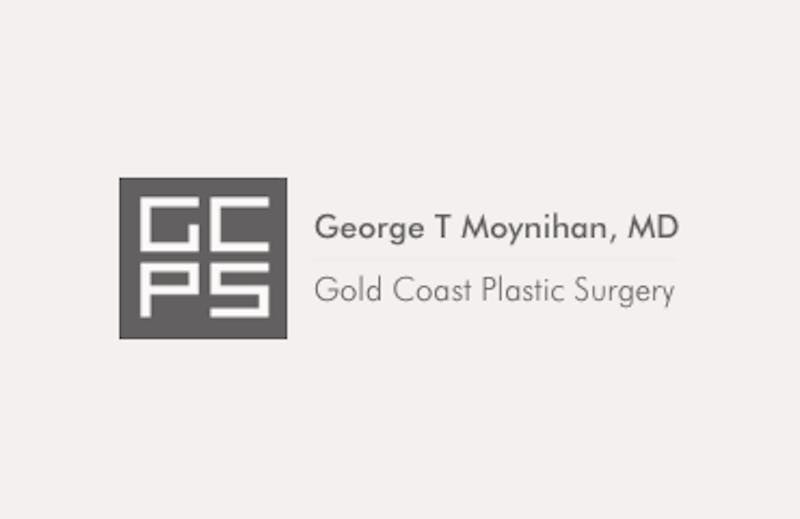
If you’re beginning to explore surgical solutions for facial aging, you may be weighing the difference between a mini facelift and a full facelift. At first glance, these procedures may seem similar; they both surgically lift sagging skin and restore youthful contours, but they are designed for different stages of facial aging and offer distinct benefits. Here, we explain what each procedure addresses, who they’re best suited for, and how one may naturally lead to the other over time.
How a Facelift and Mini Facelift Are Similar
- Both procedures are surgical solutions for facial aging
- Both target jowling, deep creases along the lower face, and skin laxity when non-surgical options like fillers or
- BOTOX no longer adequately addresses these concerns
- Each approach involves strategic incisions around the ear (typically hidden within natural creases) and is performed under anesthesia to ensure your comfort
Differences Between the Mini and Full Facelifts
A mini facelift focuses on the lower third of the face and jawline, making it an excellent option for patients with early signs of aging, such as mild to moderate jowling or slight skin laxity. Because it is more limited in scope, it features shorter incisions and a quicker recovery timeline.
A full facelift, by contrast, addresses more advanced facial aging. It also lifts the midface, nasolabial folds, and neck, repositioning deeper tissues and tightening the skin for a more comprehensive rejuvenation. This option is best for those experiencing:
- More pronounced sagging
- Considerable volume loss
- Banding along the neck
What a Facelift Does Not Correct
- Neither a facelift nor a mini facelift addresses the upper third of the face
- If you're concerned about sagging eyelids, heavy brows, or deep forehead creases, you may want to consider complementary procedures such as a brow lift or eyelid surgery
- These can be performed alongside a facelift to create a more harmonious, balanced rejuvenation from brow to jawline
How to Choose Between a Mini And Full Facelift
Patients who begin with a mini facelift often enjoy a natural-looking, refreshed appearance for years, especially when combined with healthy lifestyle habits and routine skin maintenance.
However, as aging progresses, it’s not uncommon for mini facelift patients to later pursue a full facelift to address deeper structural changes or more extensive skin laxity.
If you’re unsure where you fall on this spectrum, a consultation with double board-certified facial plastic surgeon Dr. George Moynihan can help. To curate your treatment plan, he will perform a detailed assessment of your facial anatomy, skin quality, and goals.
Whichever Facelift You Choose, You Deserve Gold Standard Expertise
Gold Coast Plastic Surgery is synonymous with surgical artistry, discretion, and personalized care in a luxury setting. With over two decades of experience, Dr. Moynihan has led surgical teams in complex facial reconstruction procedures. His reputation as one of Chicago’s premier facelift specialists is built on technical mastery, meticulous precision, and an unmatched commitment to patient safety.
Ready to learn more? Schedule your private consultation today!


